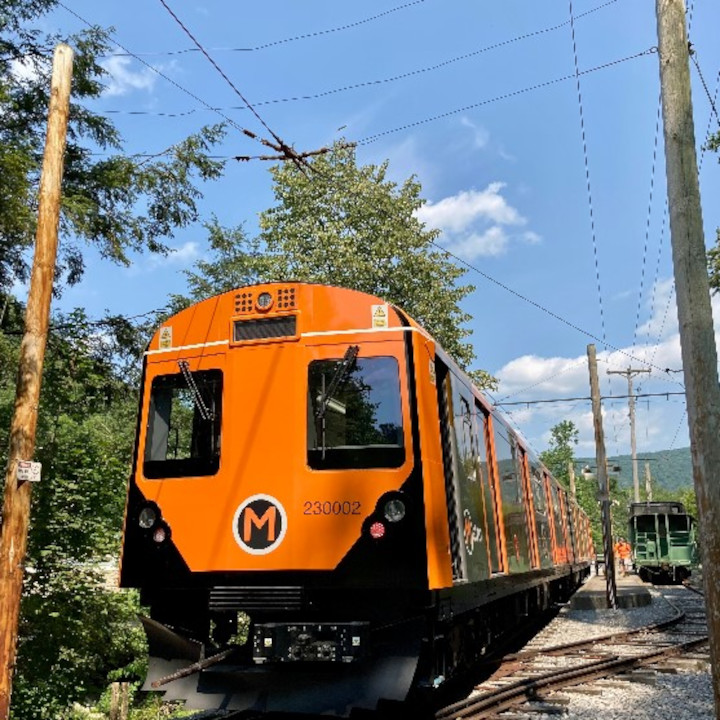An electric rail system may be in the works for the Iowa City area, as Johnson County officials consider new possibilities for public transportation. On July 15, local leaders held a joint entities meeting at North Liberty’s city hall, 360 N. Main St., where they heard presentations from Greater Iowa City, Inc. on utilizing CRANDIC, […]
An electric rail system may be in the works for the Iowa City area, as Johnson County officials consider new possibilities for public transportation.
On July 15, local leaders held a joint entities meeting at North Liberty’s city hall, 360 N. Main St., where they heard presentations from Greater Iowa City, Inc. on utilizing CRANDIC, a short-rail line that stretches between Cedar Rapids and Iowa City.
Converting the rail line into a public transit system would be possible through Pop-Up Metro, said Mackenzie DeRoo, Greater Iowa City Inc.’s senior director of advocacy.
The transit company – which also owns the Iowa Interstate Railroad – would offer a lease kit that would “have everything except the driver,” she said, which includes battery-powered train cars, charging infrastructure, modular platforms and maintenance.
CRANDIC was Pop-Up Metro’s top pick out of 75 potential locations in the U.S., said Cady Gerlach, director of community development at Greater Iowa City Inc. and executive director of Better Together 2030 (BT20300).
“It has all of the tools for success. We just need to help operationalize it,” she said.
The electric rail line joins Johnson County’s
other ventures into sustainable public transportation, including the Bus Rapid Transit system study (BRT) that would run along the CRANDIC railway.
“Unlike the previous work that's been done, this project could function as a live study to actually prove rather than project ridership,” said Ms. DeRoo, adding that the railway system would operate as a three year pilot program, allowing the county to identify ridership trends.
“And afterwards, if it works for our region, we could think about more permanent solutions,” she said.
Rapid growth calls for transportation solutions
Greater Iowa City identified Johnson County’s steady growth as a deciding factor in considering rail as a viable public transportation solution.
“Our region continues to grow and our largest employer, the University of Iowa Hospital and Clinics, is opening a new facility in North Liberty that will need to address critical parking and transportation needs for its workforce,” its website states.
The route would take on an eight mile segment of the CRANDIC rail system, running from Penn Street in North Liberty to Dubuque Street in Iowa City.
Each climate-controlled rail car can hold up to 187 passengers and is equipped with WiFi, and once the routes, funding and fares are in place, the railroad could be operational by next fall, said Ms. Gerlach.
In between time, Pop-Up Metro may bring in a train next spring and operate a tourism route between the Iowa River Landing in Coralville and downtown Iowa City to help residents acclimate to the regular presence of trains and engage with safety briefings.
Fares and ticket prices are still undecided and are typically up to the coordinating entities, said Ms. Gerlach.
“I think
Fare Free has shown people are really more likely to use it if it is fare free, and that's not a barrier,” she said. “We’ve also heard from (Pop-Up Metro) that commuter rails pull in about 12 – 15% of their revenue from the fare box, but that it costs 8 – 12% to actually monitor and maintain the fare box.”
Next month, approximately two dozen county leaders and members of Greater Iowa City, Inc. will visit Rock Hill Furnace, Pennsylvania, to further research and experience battery-powered rail cars from Pop-Up Metro.
